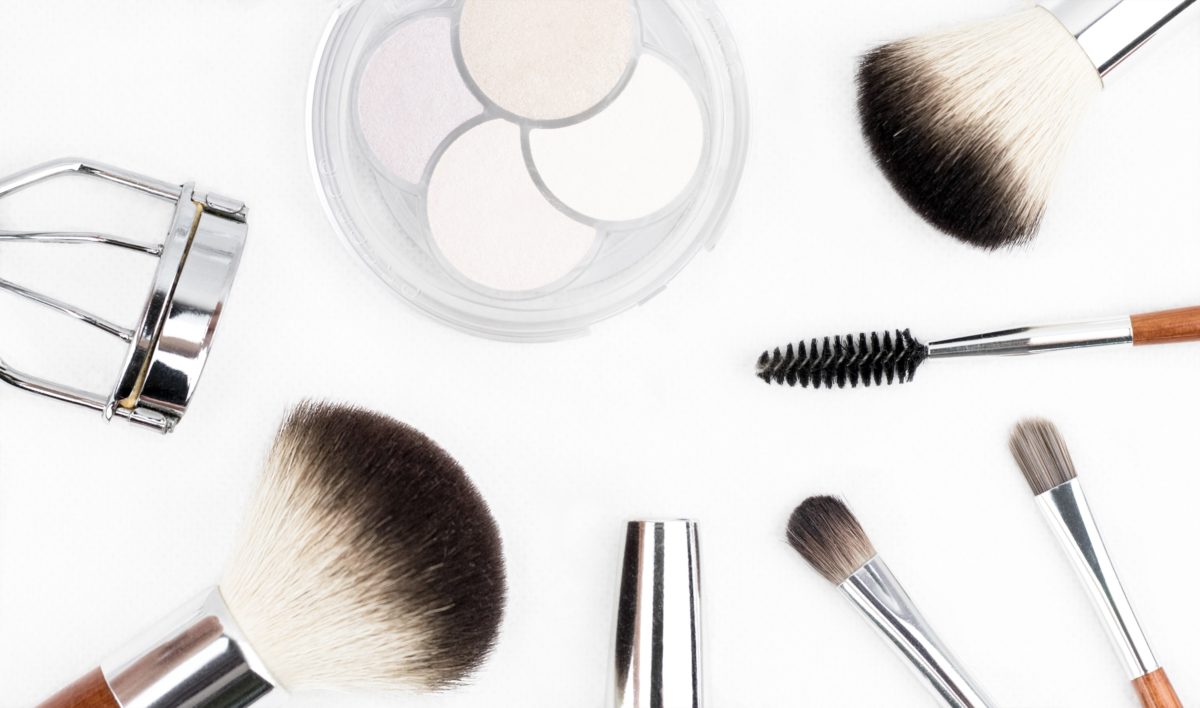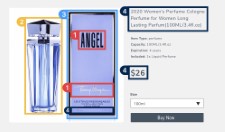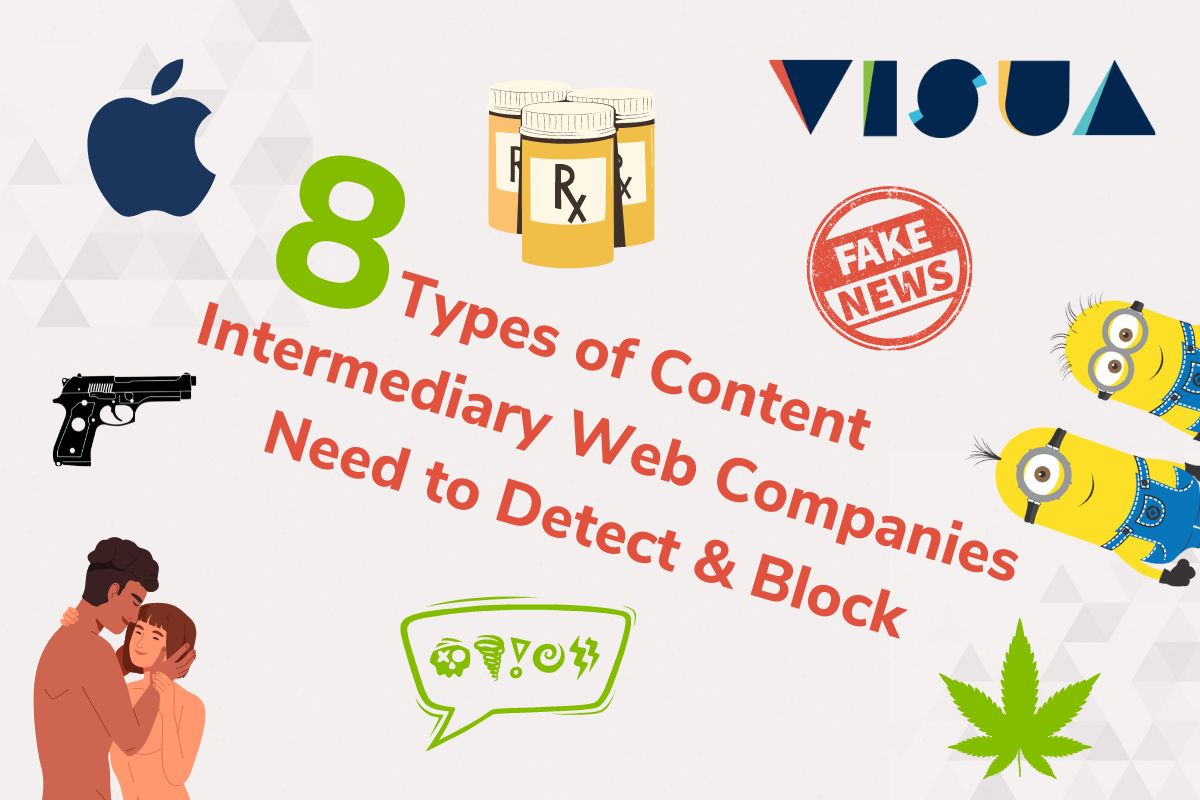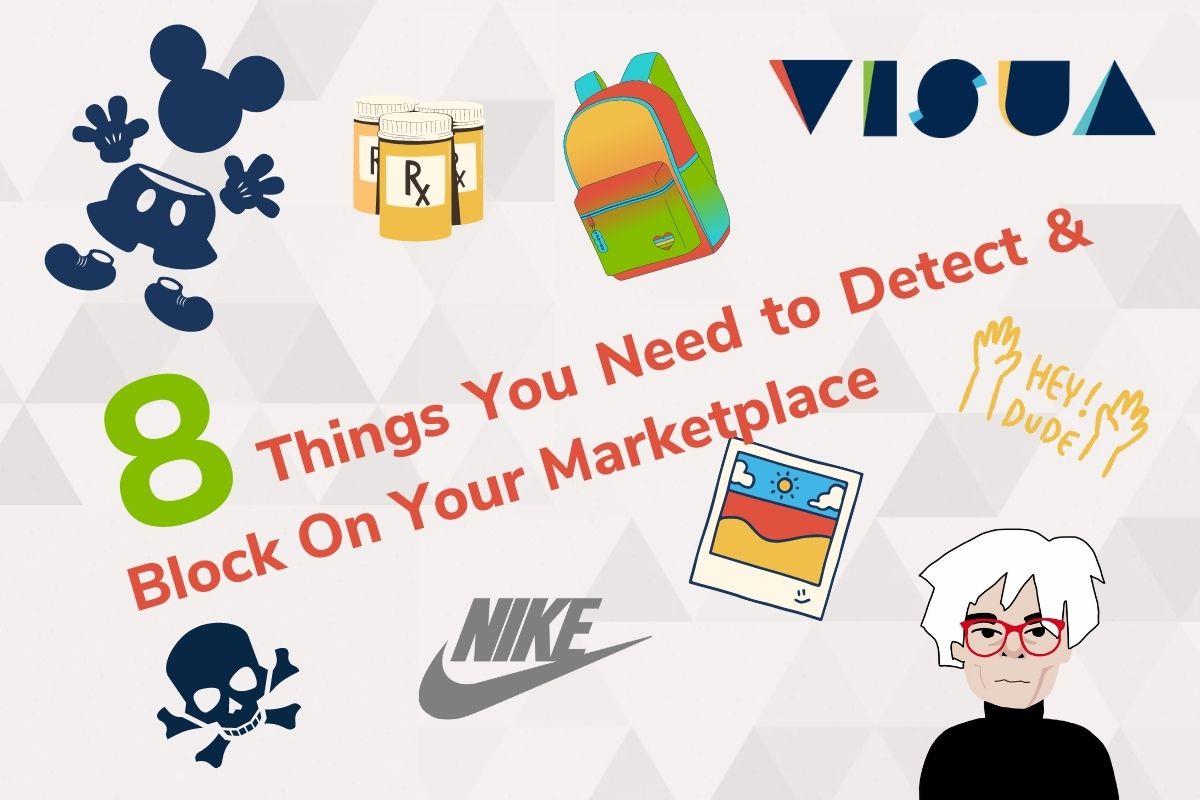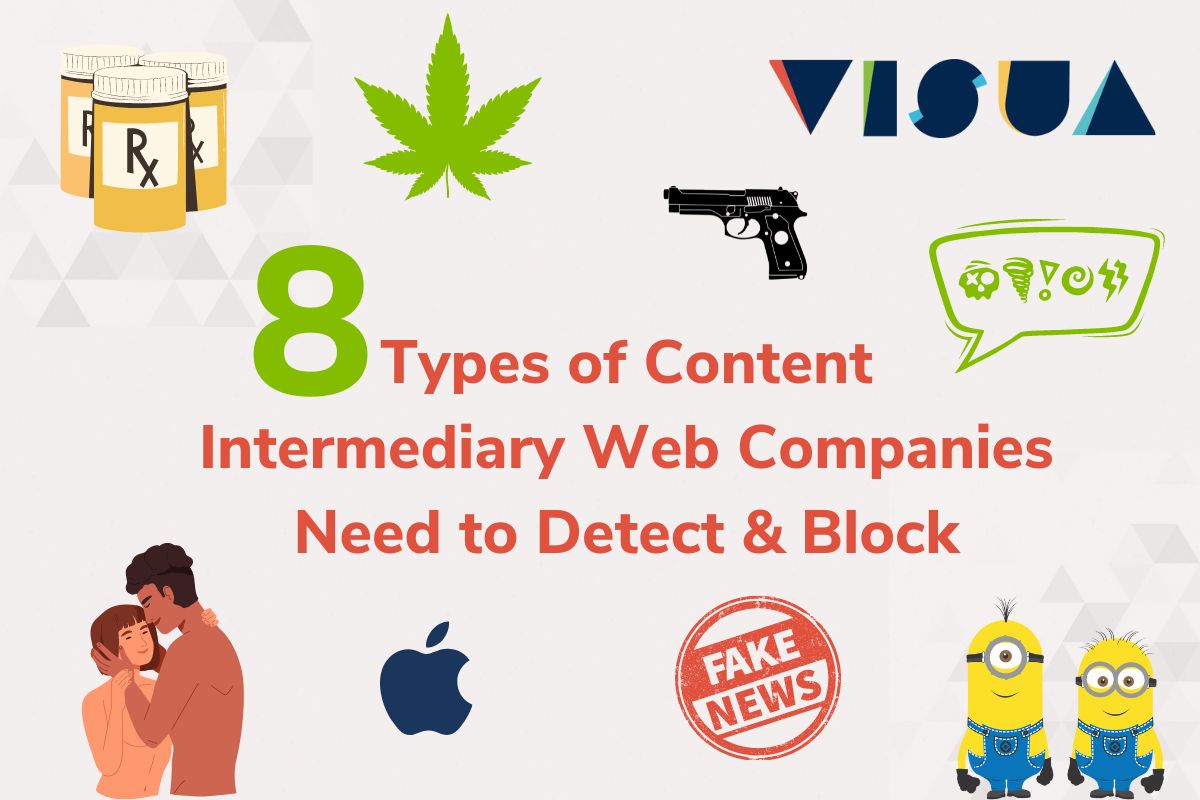Counterfeit Cosmetics in E-commerce: The Importance of Brand Protection
Counterfeiting in e-commerce today
The number of counterfeit products being sold on e-commerce sites is on the rise and as a result, counterfeiting is becoming an industry in and of itself. Counterfeit merchandise, including cosmetics, continues to permeate all aspects of e-commerce and it’s no surprise that luxury brands are among the worst affected. A lot of investment is being put into these luxury products, which results in counterfeiters taking advantage of their popularity. These fake products, particularly counterfeit cosmetics, can even be highly dangerous to consumers. But in addition to being harmful to e-commerce customers, counterfeit goods also harm the local economy by undermining the legitimate brands that support it and also provide genuine employment opportunities for job seekers.
Between 2003 and 2014, there has been a whopping 586% increase in reports of counterfeit goods. This is largely due to the internet’s expansion and the rising popularity of online shopping and e-commerce. But where are all of these counterfeits coming from? China and Hong Kong are estimated to be the source of a combined 86% of the world’s counterfeit goods, which the U.S. Chamber of Commerce estimates is worth approximately $397 billion. The reason why preventing counterfeits and fraud is virtually impossible for e-commerce companies, particularly those based in the U.S., is because of the immunity of products coming into the country via B2C or F2C e-commerce that would otherwise be illegal if produced or sold domestically.
Something that is often overlooked is the threat that these counterfeits, particularly counterfeit cosmetics, pose to the well-being of the consumer.
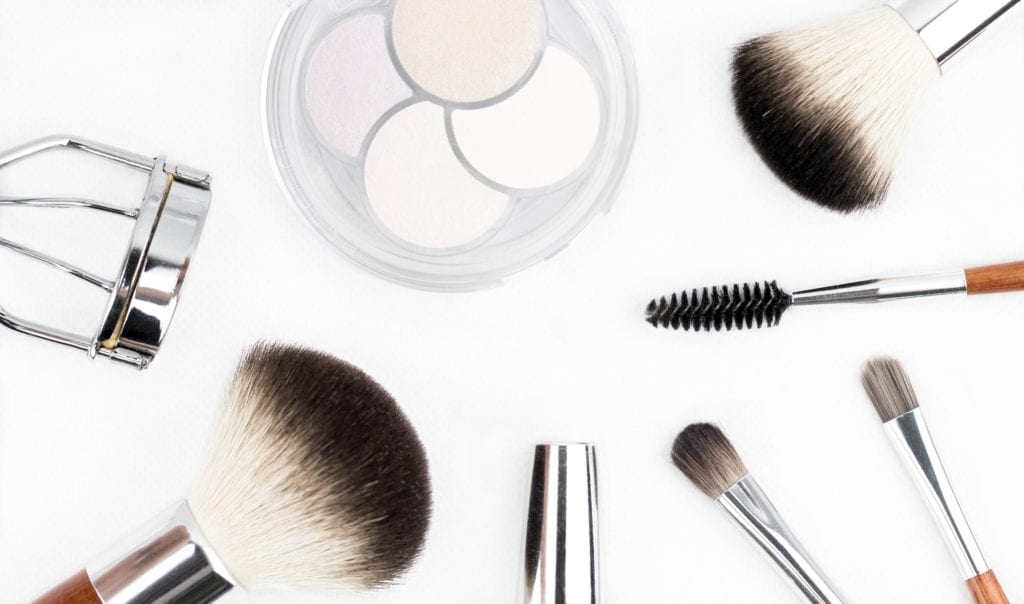
The dangers of counterfeit makeup
There have been many reports of counterfeit makeup containing harmful ingredients including the likes of paint thinner, arsenic, and carcinogens. According to a report by the organization for Economic Cooperation and Development, global seizures of counterfeit perfume and cosmetics increased by 25% from 2011 to 2013. Additionally, in 2014, the number of complaints about counterfeit products increased by a staggering 357%. This is very worrying for online marketplaces, not to mention their customers who could be purchasing these products believing them to be the real thing.
Bruce Foucart, former director of the IPR Center told Bloomberg that the majority of consumers who purchase counterfeit cosmetics think that they are buying the genuine product from the legitimate brand, unlike purchasers of knockoff watches who are usually aware that they are not buying a genuine Rolex for a very cheap price point. With counterfeit makeup, however, prices are largely close to the original retail value of the genuine brand’s product, which usually means that e-commerce consumers are more likely to think that the product is the real thing.
Brands have a responsibility to protect their customers, but with the presence of so many fake products, it’s almost impossible to do this. That is why e-commerce companies need to be protecting not only their customers, but also the legitimate brands that sell on their sites by eliminating the counterfeits that are being sold there. Brands’ reputations are also at stake as customers who have bad experiences with a counterfeit product are far more likely to view the genuine brand in a negative light. The only people who win in this scenario are the counterfeiters. But this can be prevented with appropriate and effective action.
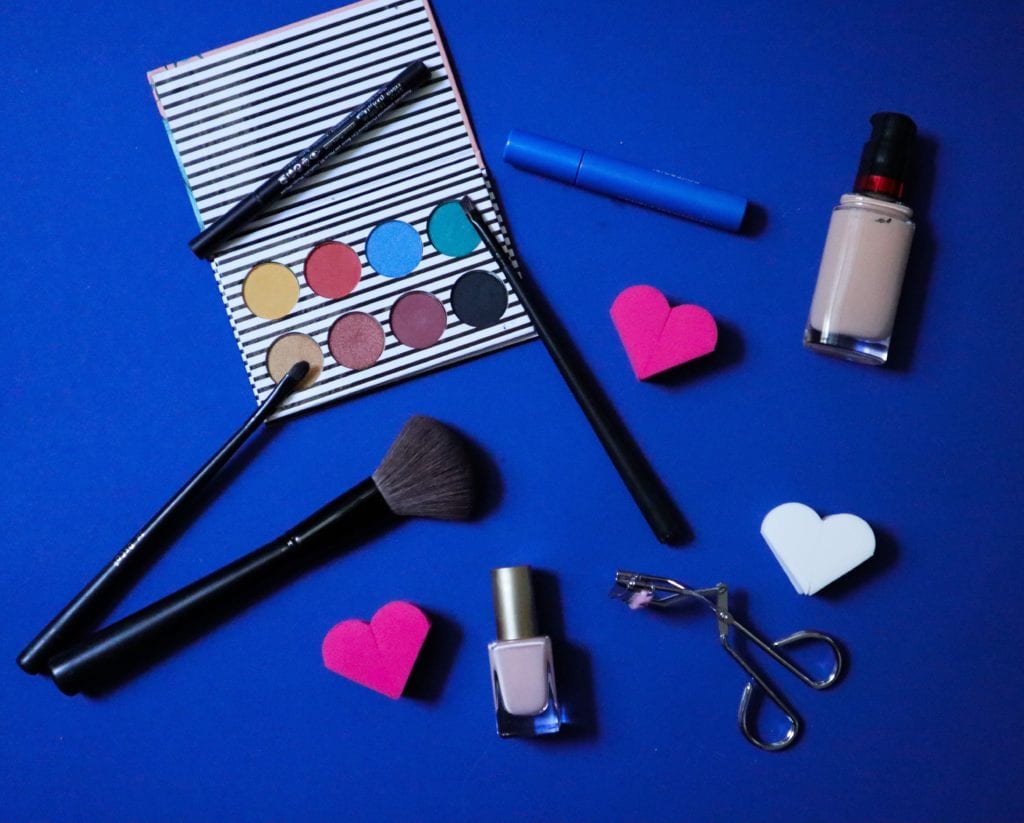
Effective brand protection strategies
Brands and e-commerce companies have been struggling to find an effective means for eliminating fakes for a long time. Whether it’s a manual or automated process, very few solutions that have been tried and tested by online marketplaces have been successful. In recent years it has become clear that the best way to combat counterfeits is to use similar methods to the counterfeiters. If they are using advanced technology, it’s important for Brand Protection Managers to do the same. Unfortunately, counterfeit makeup is virtually impossible to detect by appearance alone as a lot of the time, the packaging is replicated extremely accurately. Makeup giants are always looking for new ways to find these packagings in order to obstruct the circulation of counterfeit products, but if counterfeiters are this skilled, how can it be possible for the human eye to detect them? The reality is that it’s not possible. But with A.I. and Machine Learning, it can be.
What is the most notable feature of a product’s packaging that would make it distinguishable from its fake counterpart? You guessed it: the brand’s logo. But counterfeiters have become experts at their trade and to make matters worse, many fashion and makeup logos out there are very simple and hard to distinguish, such as Nike’s logo. Can logo detection technology really detect any counterfeit logo? As long as the technology being used is of the highest quality, then this is absolutely possible. However, there are many logo detection providers out there that simply can’t do this. It is therefore crucial for brands and e-commerce companies to implement a strong Brand Protection strategy that will protect both legitimate brands and their customers from counterfeit goods. Using a solution that is fully automated, quick, and accurate is the only way to eradicate counterfeits that appear on an e-commerce site. While prevention would be more efficient in an ideal world, that is not the current reality. But if e-commerce companies use tools designed to detect fakes fast, there will be far less issues arising due to counterfeiters.
Book A DemoRELATED
 It’s Amazing What’s Possible With Visual-AI For Trademark & Copyright Protection Posted in: Brand Protection, Counterfeit Detection, Featured, Media Library Management, Trademark Protection - Reading Time: 2 minutesYour Trademark & Copyright Protection Solution Powered By Best-In-Class Enterprise Visual-AI Protecting your brand and products is not only key for established […]
It’s Amazing What’s Possible With Visual-AI For Trademark & Copyright Protection Posted in: Brand Protection, Counterfeit Detection, Featured, Media Library Management, Trademark Protection - Reading Time: 2 minutesYour Trademark & Copyright Protection Solution Powered By Best-In-Class Enterprise Visual-AI Protecting your brand and products is not only key for established […] The Benefits of Visual-AI in Brand Protection Posted in: Brand Protection - Reading Time: 4 minutesThe 5 Brand Protection benefits of using Visual-AI It’s been said for a number of years that Visual-AI is changing the game […]
The Benefits of Visual-AI in Brand Protection Posted in: Brand Protection - Reading Time: 4 minutesThe 5 Brand Protection benefits of using Visual-AI It’s been said for a number of years that Visual-AI is changing the game […] It’s Amazing What’s Possible with Visual-AI For Counterfeit Detection Posted in: Brand Protection, Counterfeit Detection - Reading Time: 3 minutesYour Counterfeit Detection Platform Powered By Best-In-Class Enterprise Visual-AI We all know the challenges brands face with the unrelenting growth in counterfeit goods. […]
It’s Amazing What’s Possible with Visual-AI For Counterfeit Detection Posted in: Brand Protection, Counterfeit Detection - Reading Time: 3 minutesYour Counterfeit Detection Platform Powered By Best-In-Class Enterprise Visual-AI We all know the challenges brands face with the unrelenting growth in counterfeit goods. […]
Eight Types of Content Intermediary Web Companies Need to Detect & Block to be Compliant with the European Digital Services Act
Reading Time: 7 minutesThe European Digital Services Act is a groundbreaking piece of legislation that aims to modernise the regulation…
Brand Protection Content Moderation Counterfeit Detection Trademark ProtectionEight Types of Content that Marketplaces & Ecommerce Sites Need to Block to be Compliant with the European Digital Services Act
Reading Time: 6 minutesThe European Digital Services Act is new legislation which aims to modernise the regulation of online businesses…
Brand Protection Content Moderation Counterfeit Detection Trademark ProtectionInfographic: 8 Types of Content Intermediary Web Companies Need to Detect & Block
Reading Time: < 1 minuteThe EU’s new Digital Services Act will, for the first time, hold online intermediary companies accountable…
Brand Protection Content Moderation Counterfeit Detection Trademark Protection
